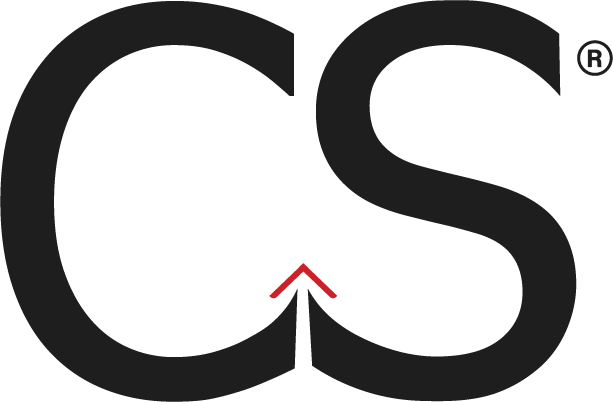
Finally, use the prepared drivers working capital formula and assumptions to calculate future values for the line items. NWC is most commonly calculated by excluding cash and debt (current portion only). At Swoop we want to make it easy for SMEs to understand the sometimes overwhelming world of business finance and insurance.

Example: Working capital cycle
It is a measure of a company’s liquidity and its ability to cover its short-term expenses. By managing their working capital effectively, businesses can ensure that they have enough cash on hand to pay their bills, meet payroll, and invest in growth opportunities. In this article, we will explore the components of working capital, how to manage it effectively, and the impact it can have on a company’s operations and financial statements. Simply put, it is the difference between a company’s current assets and its current liabilities.
Quick Ratio

Working capital is another sign of a company’s operational efficiency and short-term financial health. If a company has a substantial positive NWC, it may be able to invest in growth and expansion. If a company’s current assets do not exceed its current liabilities, it may struggle to expand or repay creditors. This fund is estimated by deducting all current liabilities from the current assets that the business has.
The Working Capital Formula (+ What’s Included)
But it’s also a key indicator of short-term financial and operational health. Current Assets are the assets, which can be converted into cash and cash equivalents within a period of one year. Investment in these assets helps an https://www.bookstime.com/ organisation in its day-to-day operations. They also provide liquidity to the business but do not contribute much to its profits.

But a formula doesn’t help entirely if you’re not sure what your assets or liabilities are. Sufficient working capital allows you to invest in growth opportunities like new products or markets, while inadequate working capital can limit expansion. It’s easy to feel overwhelmed by the amount of financial information you can access about your business. However, focusing on the most important financial metrics, like working capital, can help you stay organized. If your plan for the next six months reveals negative cash balances, you’ll need to collect cash faster. Here are a few working capital management tactics that you can use to improve your working capital, increase efficiencies, and ultimately improve earnings.
- A negative change in net working capital means that the net working capital of a company has decreased, which indicates that it has used more cash for its operations.
- Current assets include cash, inventory, and accounts receivable, while current liabilities include accounts payable, taxes owed, and short-term debt.
- Effective receivables management minimizes the risk of bad debts and improves cash flow.
- It represents the liquid assets and short-term liabilities of a business.
Healthy working capital is typically indicated by a positive balance, suggesting your company can comfortably meet short-term obligations and invest in growth opportunities. Specifically, healthy working capital reflects a balance that supports operational needs without tying up unnecessary funds, as excess capital may indicate inefficient use of resources. Depending on the type of business, companies can have negative working capital and still do well. These companies need little working capital being kept on hand, as they can generate more in short order.
In contrast, cash flow focuses on the actual inflow and outflow of cash within a given period. Positive cash flow indicates that a company is generating more cash than it spends, which helps in maintaining and possibly increasing working capital. Anshuman Thakur has more than 17 years of professional work experience over the entire gamut of valuation and transaction advisory services, with major emphasis in valuing technology and healthcare companies.

Mit Patel is a seasoned finance professional with over 8 years of experience specializing in financial reporting, account control, treasury management, budgeting & planning, taxation, auditing, and corporate law. Currently, he plays a strategic role in decision-making, financial reporting, regulatory compliance, and team leadership. Having high working capital might mean the company has plenty of liquid assets to cover its short-term liabilities. It’s generally seen as a positive sign, as the business is likely to be able to pay off its debts, invest in its operations, and weather any short-term financial downturns. Working capital financing improves liquidity by providing quick access to funds needed for day-to-day operations.
Working Capital Ratios
Sam Walton, the founder of Walmart, famously favored periods Online Bookkeeping of negative working capital for his businesses. With a sales surge, GoTrainGo’s assets rise to $1 million against $300,000 liabilities, resulting in $700,000 in WC. With this additional working capital, this may indicate missed opportunities to expand the business, potentially limiting higher revenue generation. Therefore, the impact on the company’s free cash flow (FCF) is +$2 million across both periods. From Year 0 to Year 2, the company’s NWC reduced from $10 million to $6 million, reflecting less liquidity (and more credit risk).


